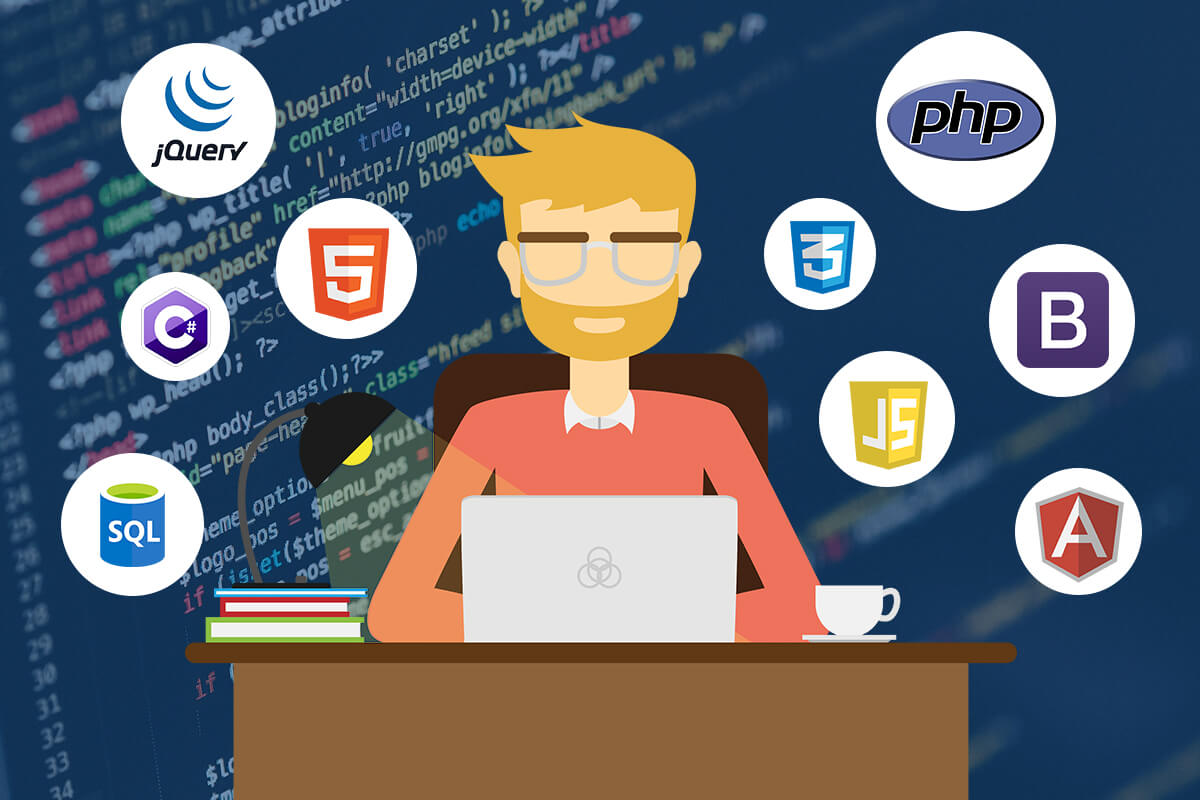Let children creative and make a different
Let children creative and make a different

Androbim's web developers leverage on open source technologies and utilize the most popular languages. Our web developers are proficient in PHP, MySQL, Linux, CentOS, HTML5, CSS3 and Apache. We are also experts in other frameworks that apply to the user interface functionality (such as jQuery).
We address the functional and visual objectives of projects with equal expertise in responsive web design as well as programming. If we leverage on native PHP to build smaller applications, it is definitely the popular CMS platforms like the WordPress that allows for centralized interface and value-added upgrades.Best Web Development training institute in Hyderabad.
The major benefits that our web development services offer, includes professional service, organized and structured both form the front end and back end, unique and customized look as per the requirements of the business, better navigation and user experience, allows for easy to modify features, low maintenance issues and scope to reap benefits in the long-term.
Codeigniter is a powerful open source web application framework based on MVC architecture for use in building full featured dynamic web sites with PHP. Codeigniter Training is loosely based on the popular Model View Controller development framework. Codeigniter has a collection of pre defined libraries that would help to create necessary functions without the need for coding from scratch.
Global Online Trainings offers Codeigniter Training, Participants will be learning from the basics. With this training, participants will be able to customize to suit their needs and build their project with codeigniter.
Codeigniter is an application development framework, which can be used to develop websites, using PHP. It is an open source framework. It has a very rich set of functionality, which will increase the speed of website development work. If you know PHP well, Codeigniter will make task easier. It has a very rich set of libraries and helpers. By using the Codeigniter, you will save a lot of time, if you are developing a website built in Codeigniter is secure too, as it has the ability to prevent the various attacks that take place through websites.
Some of the important features of codeigniter online training,
WordPress is a free and open-source content administration framework (CMS) written in PHP and combined with a MySQL or MariaDB information base. Components incorporate a module engineering and a layout framework, alluded to inside WordPress as Themes. WordPress was initially made as a blog-distributing framework yet has developed to help other web content sorts including more conventional mailing records and gatherings, media exhibitions, enrollment locales, learning the executives frameworks (LMS) and online stores. WordPress is utilized by 41.4% of the best 10 million sites as of May 2021, WordPress is perhaps the most famous substance the board framework arrangements in use. WordPress has likewise been utilized for other application spaces, like inescapable showcase frameworks (PDS). WordPress was delivered on May 27, 2003, by its authors, American designer Matt Mullenweg and English engineer Mike Little, as a fork of b2/cafelog. The product is delivered under the GPLv2 (or later) license. To work, WordPress must be introduced on a web worker, either some portion of an Internet facilitating administration like WordPress.com or a PC running the product bundle WordPress.org to fill in as an organization have in its own right. A nearby PC might be utilized for single-client testing and learning purposes.